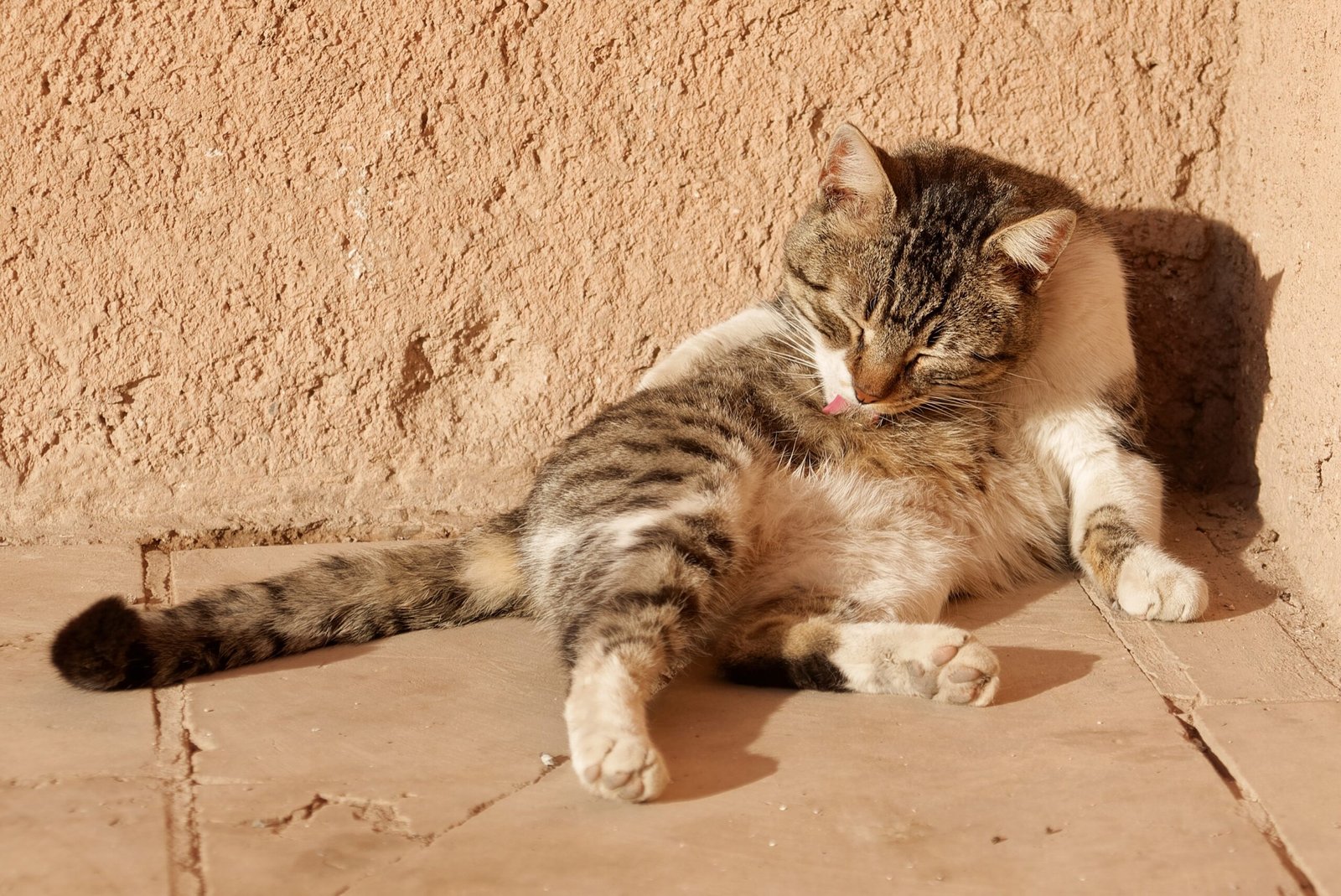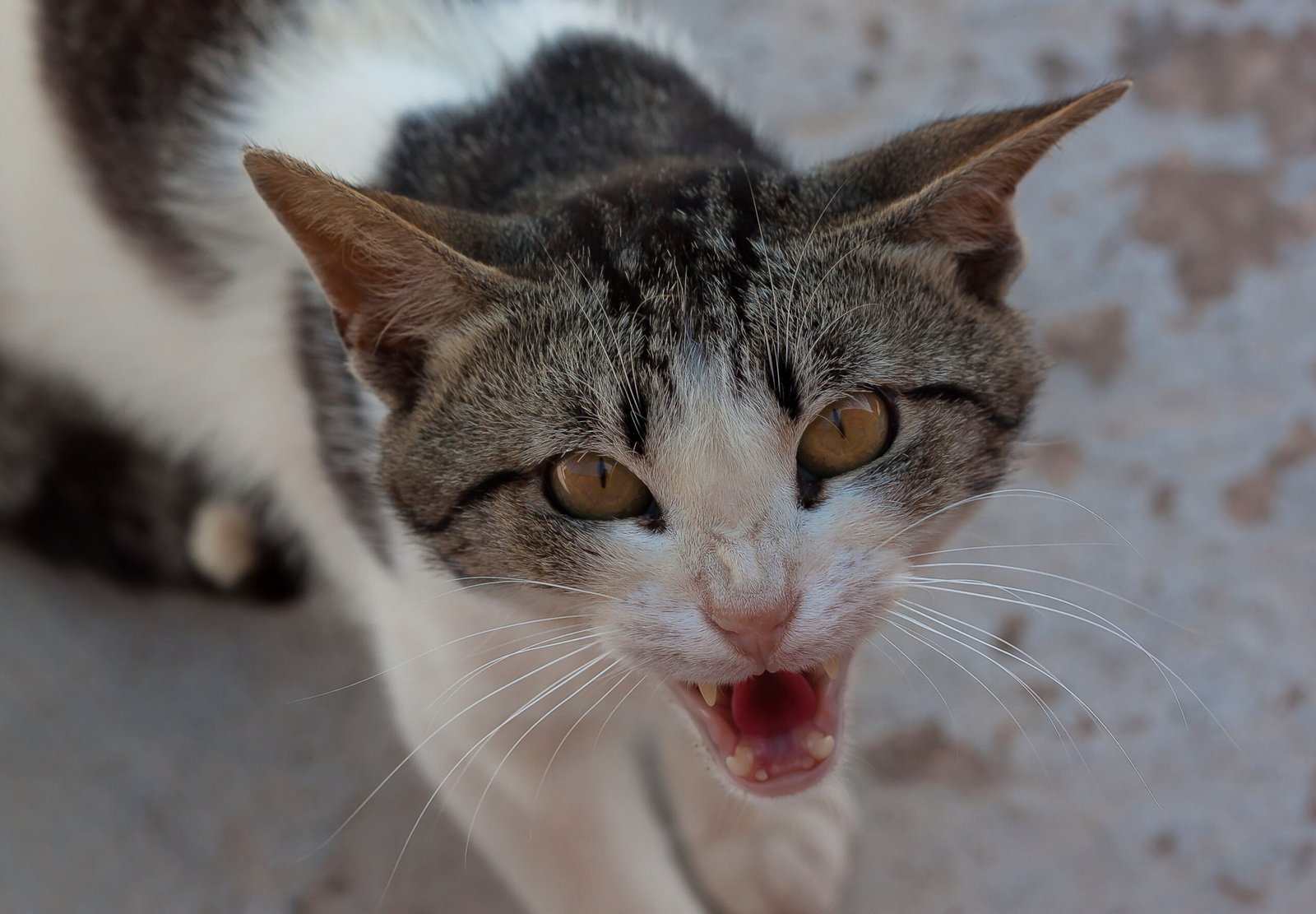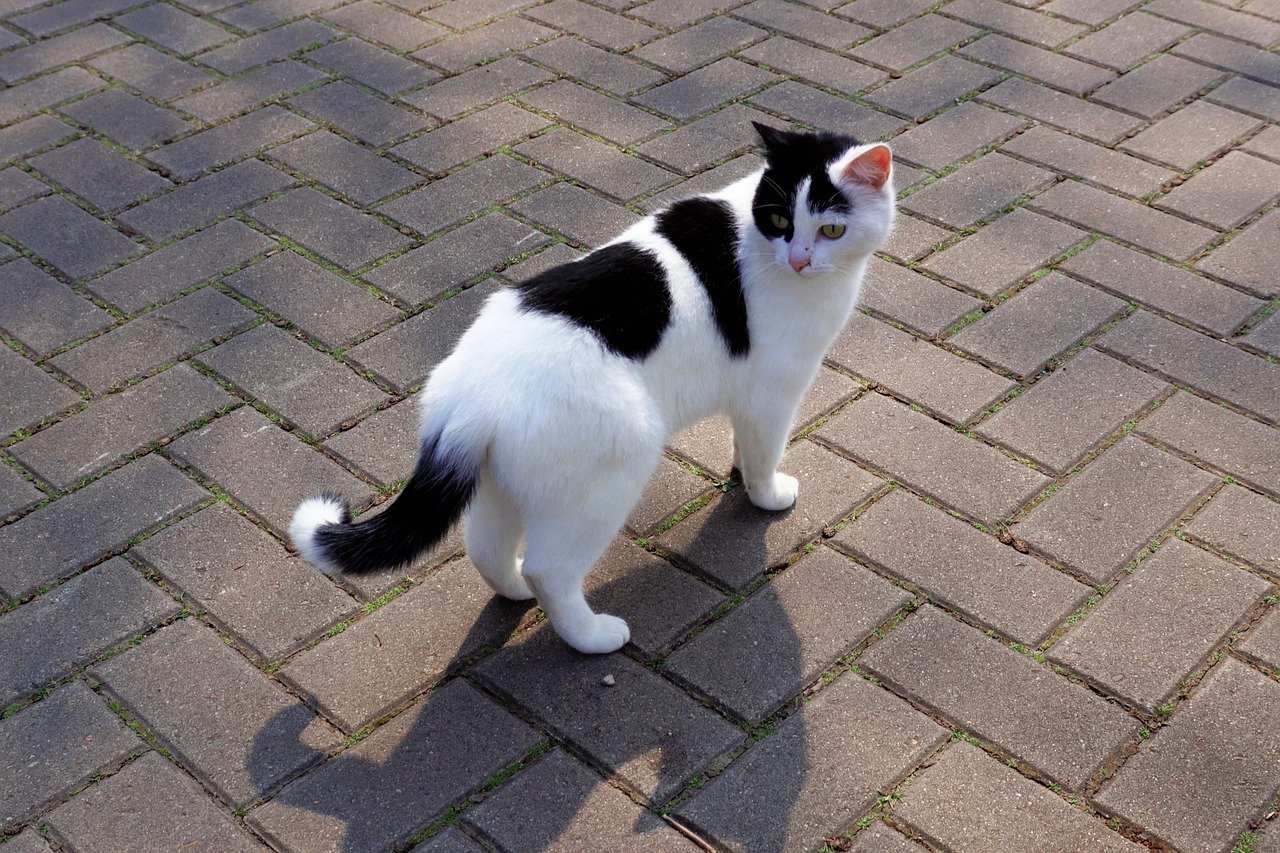Cats might not throw tantrums, but they definitely have their own way of showing when they’re upset—and it’s not always easy to spot. From turning their back on you to hiding under furniture, sulking cats use subtle cues to say, “I’m not okay.” Sometimes it’s a change in behavior, like ignoring their favorite toy or avoiding cuddles. Knowing these signs can help you catch their mood early and make things right. Because let’s be honest, a grumpy cat isn’t just moody—they’re trying to tell you something’s off.
Withdrawing from Social Interaction
One of the most telling signs your cat is upset is when they suddenly become less social. If your usually affectionate cat starts ignoring you, avoids being in the same room, or hides under the bed, it’s time to pay attention. Cats are creatures of habit, so a sharp change in how much they want to be around you is rarely random. This withdrawal could be sparked by a new pet, a change in their environment, or even a recent scolding. Give your cat some space but let them know you’re still there for them by speaking softly or gently offering treats nearby. Respect their boundaries while showing patience—they’ll often come around once they feel secure again.
Excessive Grooming or Lack Thereof

Grooming is a big part of a cat’s daily routine, but emotional distress can disrupt this balance. Some upset cats may start grooming themselves excessively, leading to bald patches or irritated skin. Others may stop grooming altogether, resulting in a messy, unkempt coat. Both can be cries for help. If you notice changes in your cat’s grooming habits, try to identify any recent changes in their life. Sometimes, restoring their routine or offering more playtime can help them feel more at ease. If the issue persists or leads to skin problems, a visit to the vet is wise.
Sudden Aggression or Irritability

A cat that hisses, swats, or even bites out of the blue might be feeling more than just playful. Upset cats often express their frustration through aggression, particularly if they feel threatened or misunderstood. You might notice these behaviors when you approach them, try to pick them up, or even during play. Instead of punishing your cat, take a step back and try to understand the trigger. Give them a safe space to retreat to, and avoid forcing interactions. Over time, most cats will calm down if they feel respected and secure in their environment.
Loss of Appetite or Overeating
Just like people, cats can turn to food—or away from it—when they’re feeling emotional. If your cat suddenly stops eating or, conversely, starts overeating, this could be a sign of emotional upset. Stressful events like moving house, introducing new pets, or changing their food can all lead to appetite changes. Make sure your cat’s food and water are always accessible and try to keep their feeding routine consistent. If appetite changes persist, it’s a good idea to consult your vet to rule out any medical issues.
Inappropriate Elimination
One of the most frustrating signs of a sulking cat is when they start peeing or pooping outside the litter box. While this can be a medical issue, it’s also a common way for cats to express distress or displeasure. Maybe you’ve changed the brand of litter, moved the box, or there’s a new pet in the house. Clean up accidents promptly and avoid scolding. Instead, try to identify any changes that might have upset your cat. Offering multiple litter boxes and maintaining a clean environment can often resolve the issue.
Hiding for Long Periods
Cats love cozy hideouts, but if your cat is spending unusually long hours under the bed or in the closet, it could signal they’re feeling stressed or upset. This is their way of coping with overwhelming situations or emotions. Think about any recent changes—loud noises, houseguests, or even new furniture can unsettle sensitive cats. Allow your feline some time to adjust, and try coaxing them out with gentle talk, treats, or their favorite toys. Patience is key as forcing them out before they’re ready can make things worse.
Changes in Vocalization
If your chatty kitty suddenly goes silent, or your quiet cat starts yowling, pay attention. Cats use their voices to communicate their feelings, and an upset cat might vocalize more or less than usual. Listen for new sounds—long, low meows may signal frustration, while sharp yowls can mean anger or fear. Try to respond calmly, and spend extra time cuddling or playing with your pet. Sometimes, all they need is a little reassurance to start feeling better.
Destructive Behavior

Scratched-up furniture, shredded curtains, or knocked-over plants can be more than just mischievousness. Upset cats often act out by destroying things, especially if they feel ignored or anxious. This is their way of releasing pent-up energy or showing they’re unhappy. Make sure your cat has enough outlets for their energy, like scratching posts and toys. Spend time playing with them each day to help them burn off stress and bond with you in a positive way.
Restlessness or Sleeping More Than Usual

Cats are known for their ability to nap anywhere, anytime. But if you notice your cat is either constantly on the move or sleeping far more than usual, it could be a sign of emotional distress. Restlessness might mean they’re anxious or searching for comfort, while excessive sleep can indicate sadness or depression. Try to keep their environment calm and predictable. Offer cozy spots and safe perches where they can feel secure. Gentle petting and quiet time together can also help soothe their nerves.
Tail and Ear Language Tells All
A cat’s tail and ears are like emotional barometers. An upset cat often flicks or lashes their tail, holds it low, or keeps it puffed up. Their ears might flatten against their head or swivel backward. These subtle signs can be easy to miss, but they’re powerful indicators of mood. Learn to watch your cat’s body language closely and respond with empathy. If you see these signs, give your feline some space and try to avoid whatever triggered their discomfort. Over time, they’ll learn they can trust you to respect their feelings.
Conclusion: How to Help Your Sulking Cat Feel Better
Once you’ve spotted the signs of a sulking cat, the next step is to help them feel better. Start by giving them a safe, quiet space where they can retreat and relax. Keep routines steady—feed them at the same times, play with them regularly, and avoid big changes when possible. Use gentle, soothing tones and offer treats or toys to rebuild trust. Sometimes, simply spending time nearby without forcing interaction can help your cat feel more secure. If your cat’s mood doesn’t improve, or you notice physical symptoms, don’t hesitate to consult a veterinarian. Your patience and understanding can make all the difference in turning a sulking cat back into a purring, content companion.
At the end of the day, your cat isn’t just being dramatic—those sulky behaviors are their way of asking for help. Tuning into the signs and responding with a little patience, love, and maybe some extra treats can go a long way. Every cat has their quirks, but when they know you’re paying attention, they bounce back quicker. A happy cat equals a peaceful home, so it’s totally worth learning their language.





